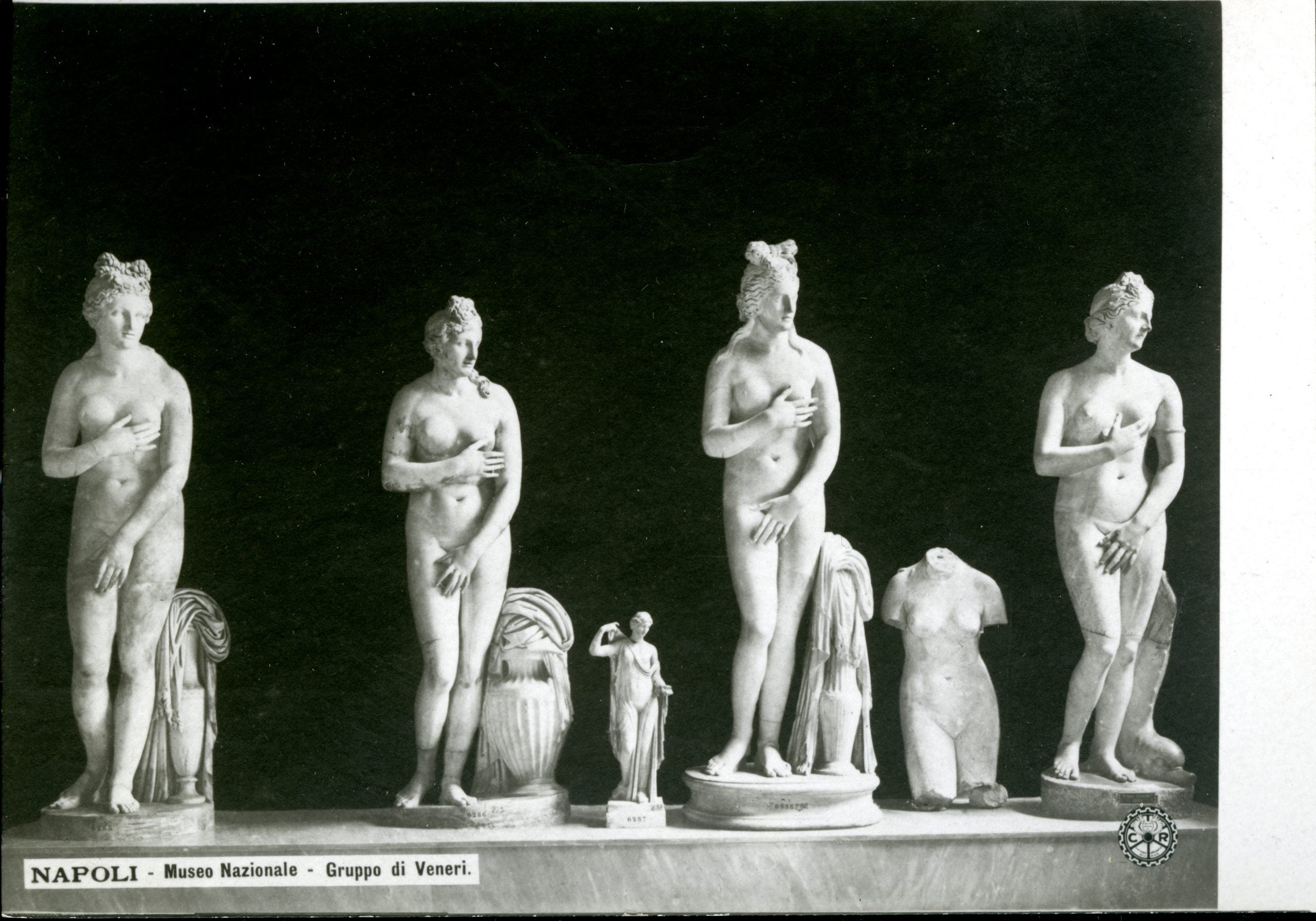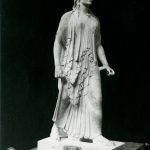From the Archives — March 2016
BY SEBASTIÁN ENCINA, Museum Collections Manager, Kelsey Museum of Archaeology
The exhibition Leisure and Luxury in the Age of Nero has now been open at the Kelsey Museum for just over a month, and it continues to bring in large crowds of people who marvel at the luxuriousness of a Roman settlement at the time of the eruption of Vesuvius. That devastation wreaked havoc on a large swath of land across the Italian countryside. Entire towns were demolished, enveloped by the falling ash and pumice. Thousands of lives perished, buildings destroyed, the geography permanently altered. The aftermath left carnage, but it also provided an opportunity to freeze the city of Pompeii and the town of Herculaneum and surrounding areas in a manner that shows the modern viewer what life was like at that particular moment when the world ended for so many.
The site of Pompeii has fascinated the public and scholars for centuries. It is an opportunity to view the ancient world almost directly, without the inevitable change that affects every other society. There is still much to learn about the site, and about ancient Roman life.
In the 1890s, a young Latin scholar by the name of Francis W. Kelsey visited Pompeii, as it was an area of interest for him. There, he met renowned Pompeii authority August Mau, a German scholar who was directed by his doctors to move to a warmer climate for his health. Mau obliged, and moved to Italy. There, Mau and Kelsey formed a strong bond, such that Kelsey was invited to pose with Mau’s “Giro,” his group of students (From the Archives — September 2015).
Through this strong relationship, Kelsey was given the opportunity to translate Mau’s book on Pompeii into English. Kelsey proved to be quite an adept scholar, publishing the translation before Mau could publish the original. Kelsey even managed to insert additional materials into his edition, information not found in the Mau publication.
The Kelsey archives hold evidence of this work, and that is the topic for this month’s “From the Archives.” The holdings of an archives is often thought to be the papers of an institution, letters, manuscripts, photographs. In the world of archives, libraries, and museums (ALM, or LAM), there is increasing overlap in the materials held by each. All three could hold materials normally found in the others. In the Kelsey, we sometimes come across atypical archival items, such as this box full of copper plates. Francis Kelsey’s handwriting is found throughout the box and on notes found within. We know it was he who stored these plates that were used for printing the Pompeii book in the box originally. These plates, made of copper and wood, while some are rubber and wood, contain the images of Pompeii used during the printing process. A faint image of a scene from the site can be seen in the example.

While the original intent of Kelsey was to safeguard the plates, his act has a secondary function. The box itself, perhaps seen as nothing of note at the time, gives us a view of life at the turn of the century (from 19th to 20th). Chiozza & Turchi was a soap making company in Italy (Pontelagoscuro). From this box, we note the decorations used in commercial products. What were denizens of the early 1900s seeing when they went to market? What companies existed then, and what products were they selling?
A quick search for the company returns discussion of other Chiozza e Turchi advertisements, and how people are collecting them. There may be no value to the box itself, but it is interesting to hold an article viewed as commonplace then but so full of intrigue now. And this is how many museum workers and archaeologists feel when working with their collections. A chance to see a glimpse of life thousands of years ago, or even 100 years ago, is exciting. But these objects that were modern in 1900 depicting a time nearly 2000 years earlier, are now themselves historical artifacts. In time, the objects I use every day will meet this same fate, and a future archivist or archaeologist will marvel at something I overlooked every day. And the process will continue.



From the Archives — March 2016 Read More »













